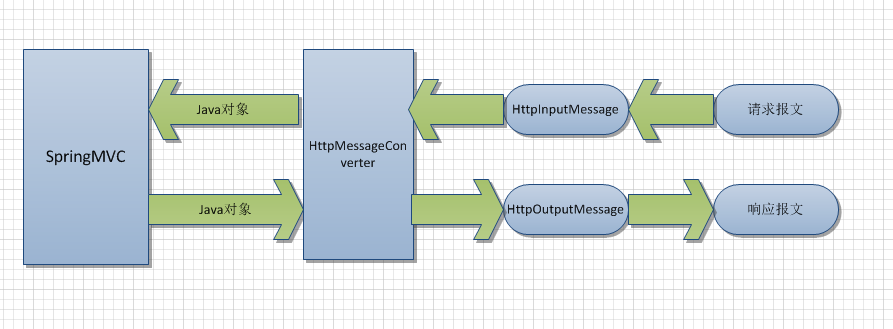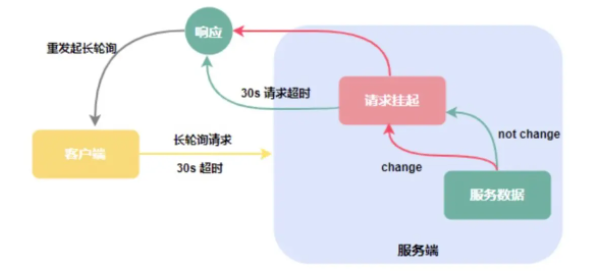How to DRY when using Swagger UI and the ApiResponses annotations with Java Spring endpoints?(使用 Swagger UI 和带有 Java Spring 端点的 ApiResponses 注释时如何干燥?)
问题描述
I like Swagger because it makes your apis very user friendly. I use Swagger annotations like
- @ApiParam
- @ApiResponse | @ApiResponses
- @ApiOperation
- Others
On endpoints, query params, request params, request body and so on.
I like to keep my POJO classes clean and in general I try my best to follow DRY rule however, when it comes to swagger I noticed that I keep repeating myself over and over as shown below
@ApiOperation(value = "Retrieve object by id")
@ApiResponses(value = {
@ApiResponse(code = 200, message = "OK"),
@ApiResponse(code = 404, message = "Not Found"),
@ApiResponse(code = 400, message = "Bad Request"),
@ApiResponse(code = 500, message = "ISE")
})
public Response retrieveById(@ApiParam(value = "Some id") @PathParam("sid") int id) {
}
@ApiOperation(value = "Create object")
@ApiResponses(value = {
@ApiResponse(code = 201, message = "Created"),
@ApiResponse(code = 404, message = "Not Found"),
@ApiResponse(code = 400, message = "Bad Request"),
@ApiResponse(code = 500, message = "ISE")
})
public Response create(@ApiParam(value = "Request body") RequestBody body) {
}
How to avoid repeating yourself with Swagger annotations?
I did some Googling around and came across this github issue and some other SO questions that are not directly related to ApiResponses annotations and none of them seem to present a working solution.
Using Swagger UI 2.0 I thought let's give it a try, so I did the following
- I created a custom annotations
GroupedApiResponses.. - I annotated
GroupedApiResponses..with a group of Swagger annotations - I used the
GroupedApiResponses..annotations on top of endpoints - Works just like before
See below
package com.raf.annotation;
import java.lang.annotation.ElementType;
import java.lang.annotation.Retention;
import java.lang.annotation.RetentionPolicy;
import java.lang.annotation.Target;
import io.swagger.annotations.ApiResponse;
import io.swagger.annotations.ApiResponses;
@Retention(RetentionPolicy.RUNTIME)
@Target(ElementType.METHOD)
@ApiResponses(value = {
@ApiResponse(code = 200, message = "Ok"),
@ApiResponse(code = 404, message = "Not Found"),
@ApiResponse(code = 400, message = "Bad Request"),
@ApiResponse(code = 500, message = "ISE")
})
public @interface GroupedApiResponsesAvecOk {
}
Similarly (you can group annotations as you want in one or more than one custom annotation depending on structure of your endpoints and the response messages it return)
@Retention(RetentionPolicy.RUNTIME)
@Target(ElementType.METHOD)
@ApiResponses(value = {
@ApiResponse(code = 201, message = "Created"),
@ApiResponse(code = 404, message = "Not Found"),
@ApiResponse(code = 400, message = "Bad Request"),
@ApiResponse(code = 500, message = "ISE")
})
public @interface GroupedApiResponsesAvecCreated {
}
And then I used the above @GroupedApiResponsesAvecOk on retrieveById and @GroupedApiResponsesAvecCreated on create endpoint in place of @ApiResponses and worked it just like before.
As shown above, the ApiResponse annotations relating to 400, 404, 500 can now be reused across other endpoints.
这篇关于使用 Swagger UI 和带有 Java Spring 端点的 ApiResponses 注释时如何干燥?的文章就介绍到这了,希望我们推荐的答案对大家有所帮助,也希望大家多多支持编程学习网!
本文标题为:使用 Swagger UI 和带有 Java Spring 端点的 ApiResponses 注释时如何干燥?


- java.lang.IllegalStateException:Bean 名称“类别"的 BindingResult 和普通目标对象都不能用作请求属性 2022-01-01
- 将 Java Swing 桌面应用程序国际化的最佳实践是什么? 2022-01-01
- Eclipse 的最佳 XML 编辑器 2022-01-01
- 如何使 JFrame 背景和 JPanel 透明且仅显示图像 2022-01-01
- GC_FOR_ALLOC 是否更“严重"?在调查内存使用情况时? 2022-01-01
- 如何指定 CORS 的响应标头? 2022-01-01
- 转换 ldap 日期 2022-01-01
- 获取数字的最后一位 2022-01-01
- 在 Java 中,如何将 String 转换为 char 或将 char 转换 2022-01-01
- 未找到/usr/local/lib 中的库 2022-01-01









